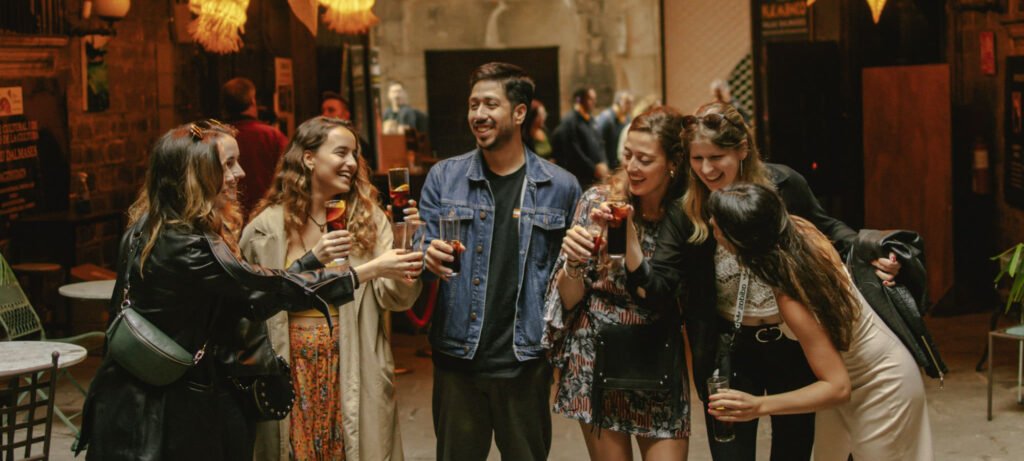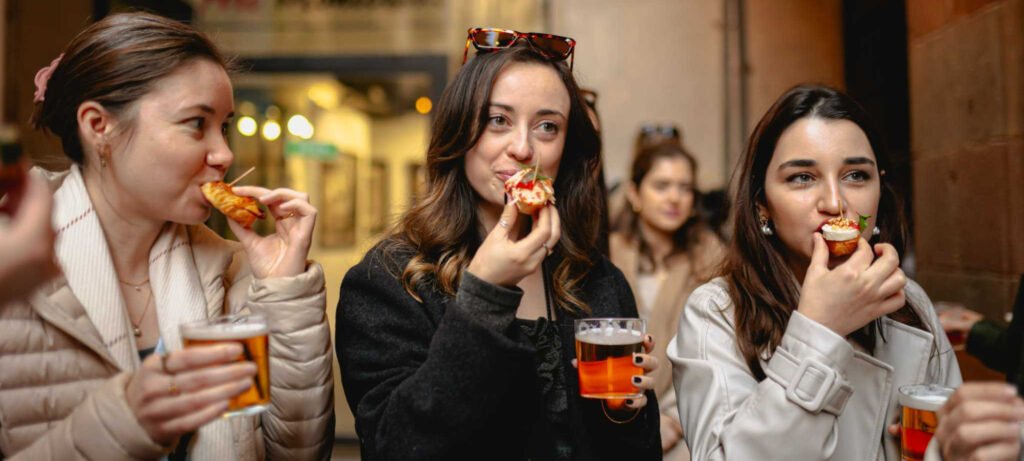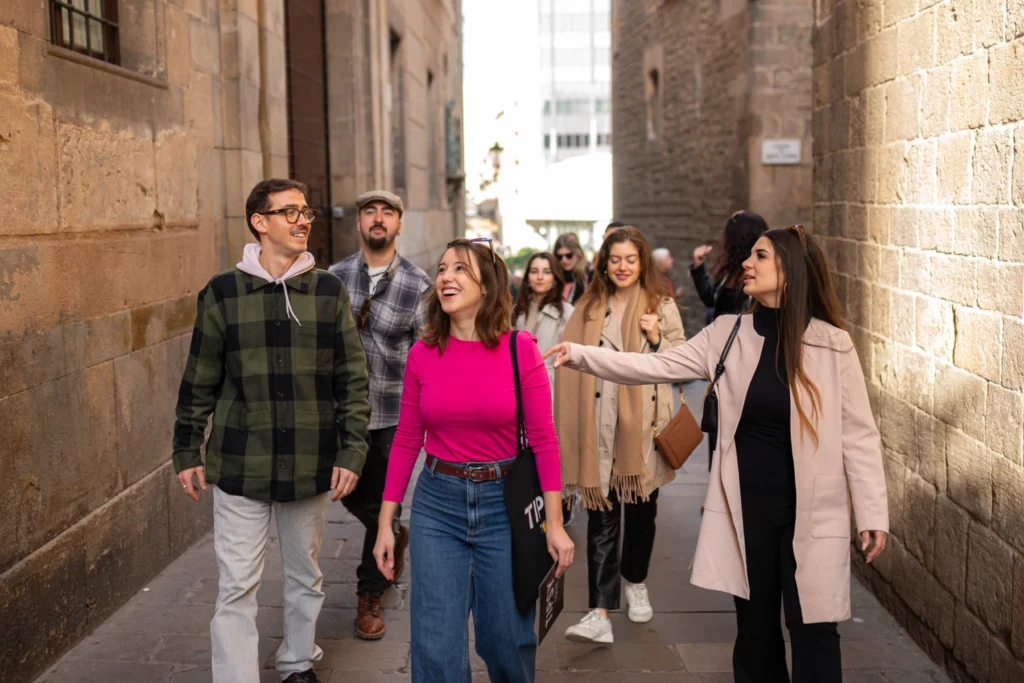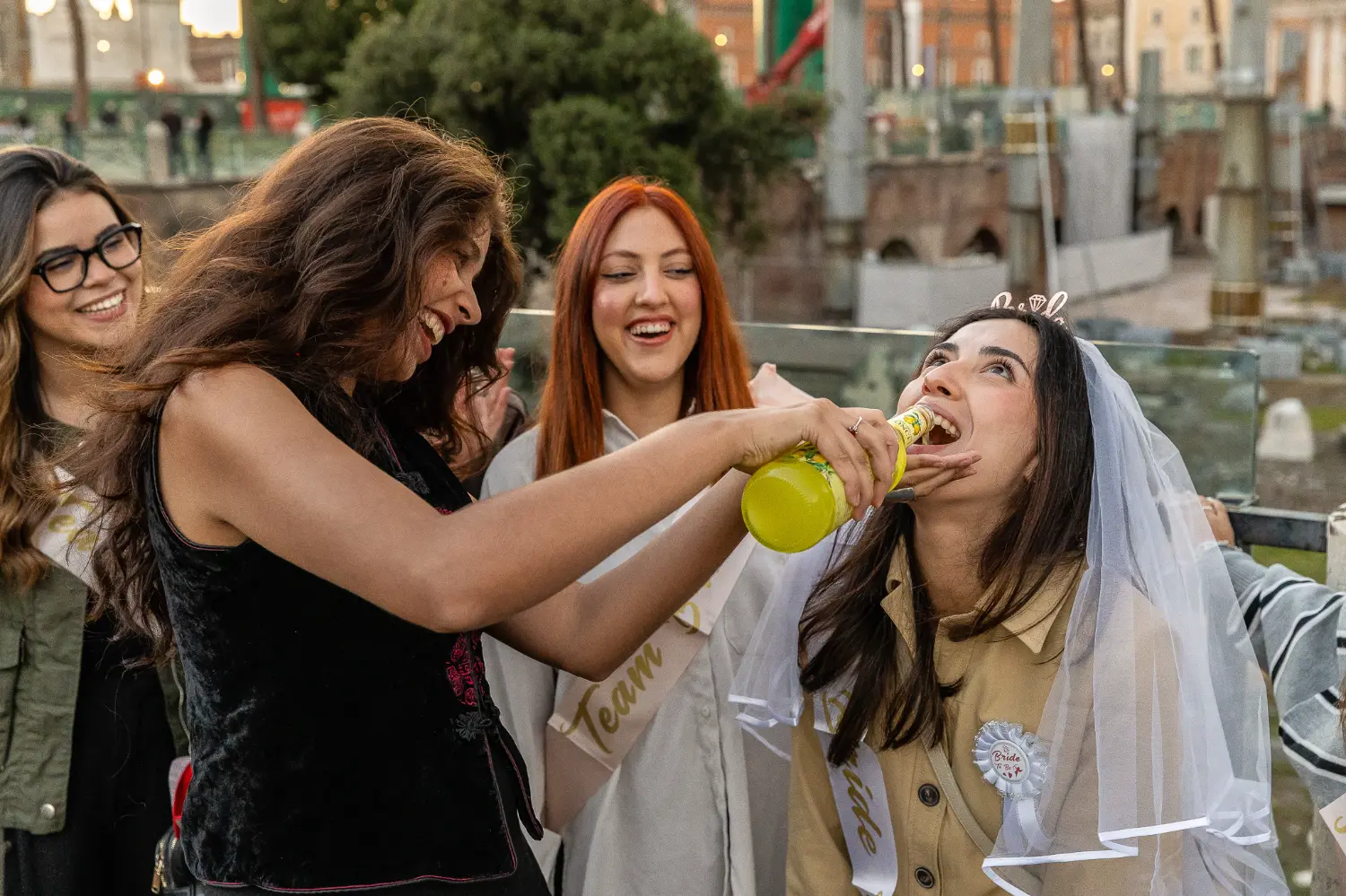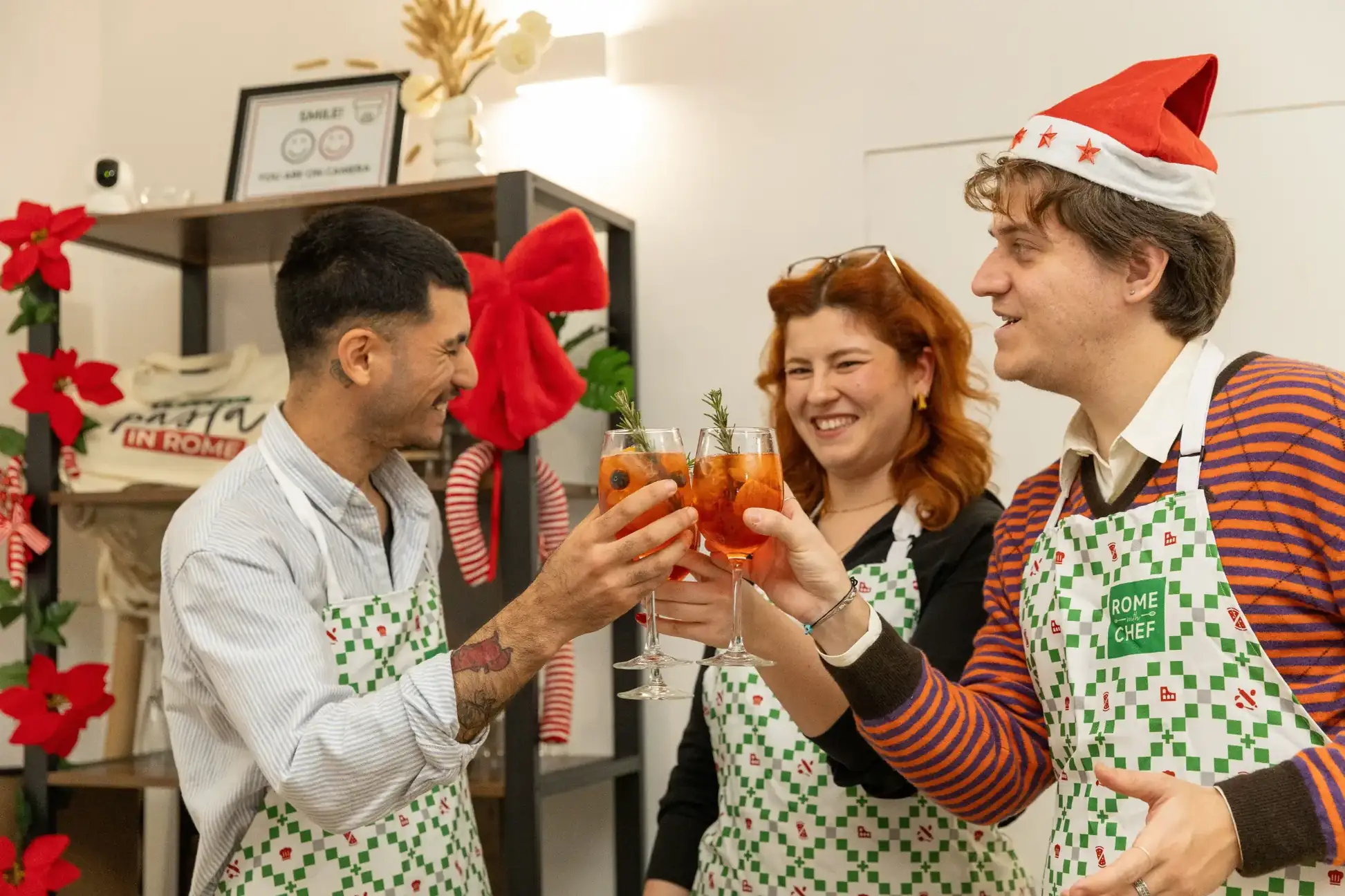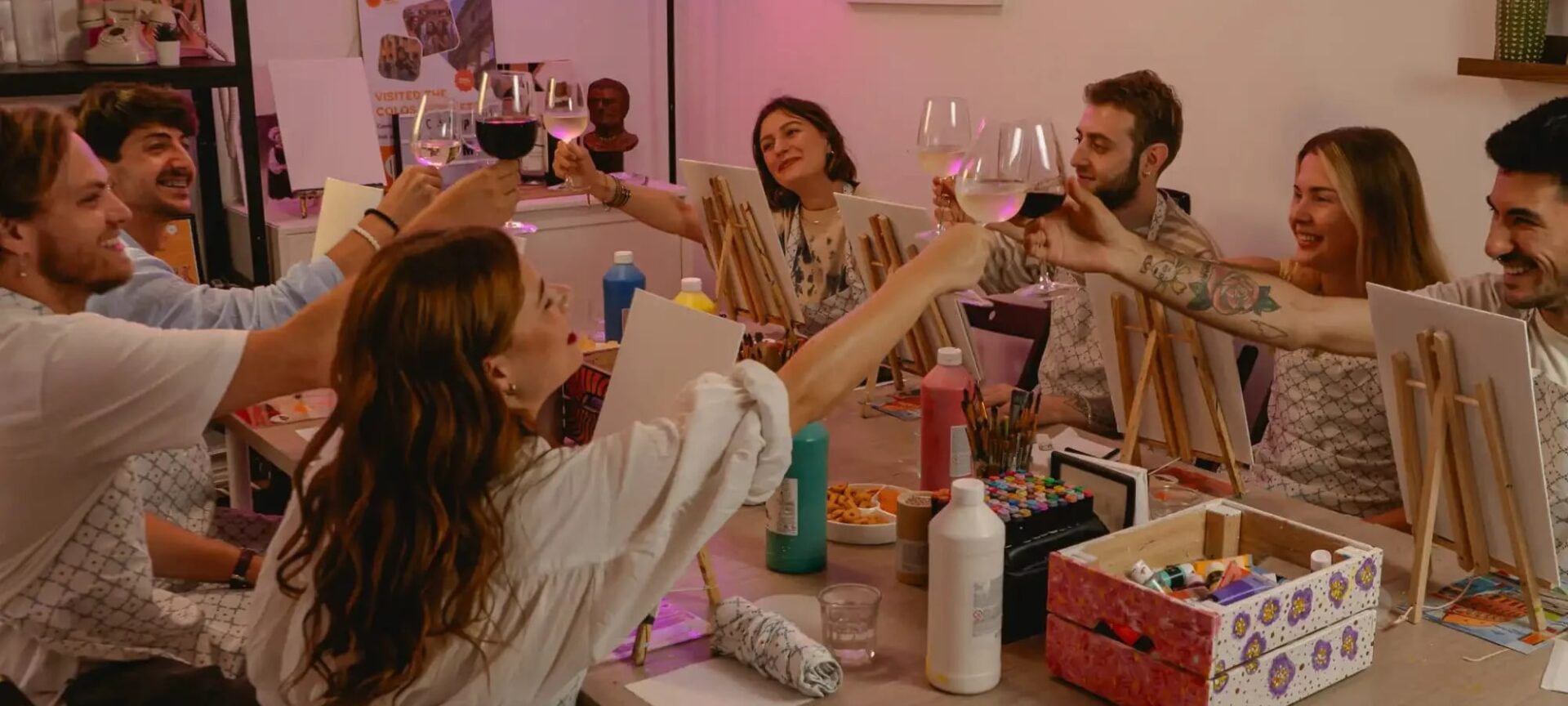Whether whilst exploring Spain’s sunlit streets, or when celebrating Christmas with people who can’t afford Champagne (the struggle is real), you’ve probably come across Cava at some point.
But what is Cava? And why should you care?
Is Cava just fancy sparkling wine? Well, kind of, but it’s also so much more. Pull up a chair (or a barstool), because we’re diving into the bubbly world of Spain’s most celebratory sparkling wine.
What is Cava? A Little Sparkling History
First things first, a bit of housekeeping. This article is about Cava: the drink, not Cava: the Mediterranean fast-food chain found across the United States. Yes, they probably serve Cava at Cava restaurants. Yes, it’s probably the real deal, imported from Catalonia. But we’re not in Kansas anymore, so let’s don some Desigual and pretend we’re in Spain.
Cava sparkling wine hails from the sun-soaked vineyards of Catalonia, especially the Penedès region just an hour south of Barcelona, where they’ve been fermenting the good stuff since at least 1851.
Back in the 19th century, some very clever Spanish winemakers decided to give the French Champagne method a go. They used local grapes—like Macabeo, Xarel-lo, and Parellada—and voilà! Cava was born. It’s made in the same traditional method as Champagne (meaning it gets those delightful bubbles through a second fermentation in the bottle), but its Spanish roots give it a unique flair.
Now, only certain certified producers can produce real Cava.
Here is the list for 2024 according to D.O. Cava, the official resource for all things Cava.
So, What Does Cava Taste Like?
Cava is all about bright, crisp, citrusy notes with a slight toastiness from that bottle fermentation. It’s refreshing, light, and the perfect balance of dry and fruity. If you like your bubbles with a hint of green apple, pear, and a bit of almondy richness, Cava’s got your back.
Oh, and it pairs beautifully with food. We’re talking tapas, seafood, and—let’s be real—any snack you’ve got lying around. Fancy some patatas bravas with your Cava? Do it. Or how about a cheesy croquette?
Hey, who’s to stop you?
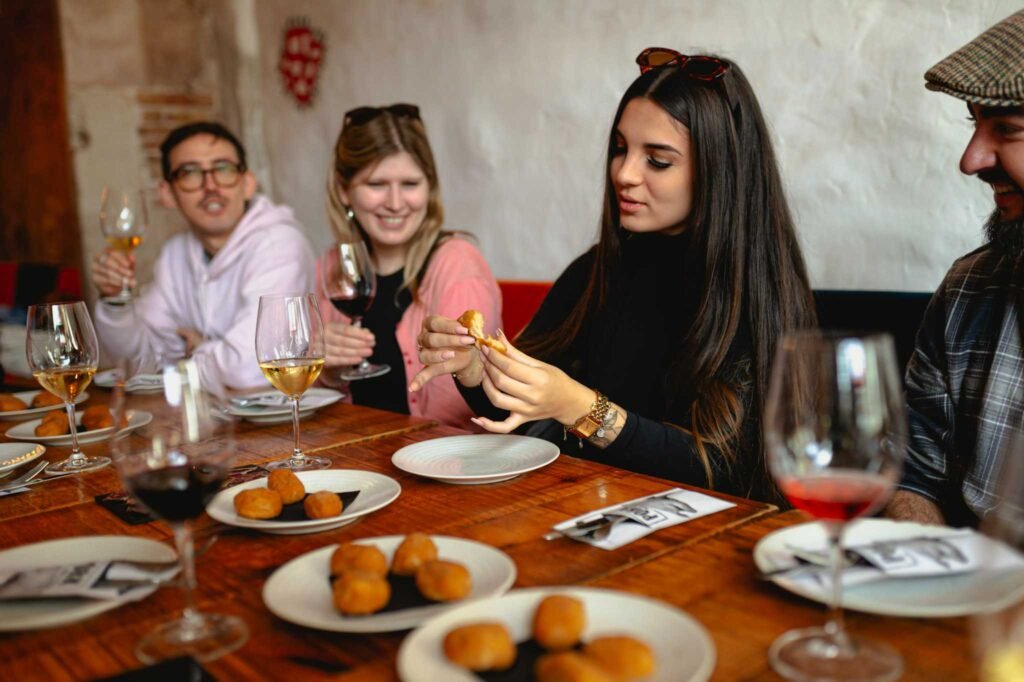
Is Cava Just Spanish Champagne?
No, and here’s why. Champagne can only come from the Champagne region of France, and Cava can only come from specific regions in Spain (mainly Catalonia). Funnily enough, Cava was in fact marketed as “Spanish Champagne” until a European Union directive in 1970 granted France’s Champagne region Protected Geographical Status (PGS).
That said, both share a similar winemaking process, making them more like bubbly cousins with unique personalities. While Champagne can sometimes feel a bit formal (like a stuffy investment banker in a fitted tuxedo), Cava is the laid-back, fun cousin who dons Desigual and doesn’t give a f***.
In terms of output, Champagne slightly outperforms Cava. Champagne producers occupy 34,000 hectares and make around 300 million bottles annually, while Cava vineyards occupy just over 38,000 hectares and produce around 250 million bottles. But Champagne is also far more expensive than Cava, meaning most non-millionaire drinkers can’t consume it regularly.
How to Enjoy Cava Like a Local
Drinking Cava is easy. All you have to do is be over 18 years of age (or 21 in the US; or 16 and enjoying it with a meal elsewhere in Europe) and be able to pop, pour, and sip.
But if you really want to get the most out of Cava, here are a few pro tips:
1. Chill it: Always serve your Cava nice and cold, aiming for around 6-8°C (42-46°F). If it’s too warm, you’ll lose that refreshing zing, and somewhere in Cava paradise an angel will die.
2. Pair it with food: From tasty Barcelona tapas to sweet and succulent desserts, Cava goes well with many different types of food. Try it with some jamón if you’re feeling especially Iberian. Or if it’s fish you fancy, pair it with paella.
3. Select your style: Cava comes in different levels of sweetness, from Brut Nature (super dry) to Semi-Seco (a bit sweeter). Pick the one that matches your mood—or your snack!
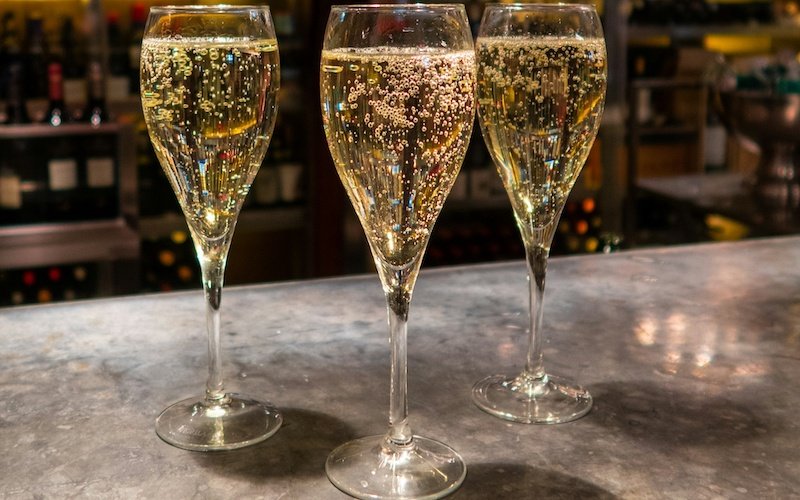
What foods pair well with Cava?
Tapas and Cava are a match made in heaven. Think salty snacks like jamón and olives, fried goodies like croquetas and patatas bravas, or even seafood dishes like calamari and paella.
Cava’s acidity cuts through oil and richness beautifully.
Ready for a Real Taste of Spain?
Now that you’re a certified Cava aficionado, it’s time to come and taste it at the source! Whether you’re feeling the vibe of Madrid or craving the coastal charm of Barcelona, our Tipsy Tapas Tours have you covered.
You’ll get to sip your way through the city while trying out some of the best local snacks (because let’s be real, everything is better with food) and meeting fun, like-minded people.
Join us on a Madrid Tipsy Tapas Tour or a Barcelona Tipsy Tour, and let’s raise a glass together!



